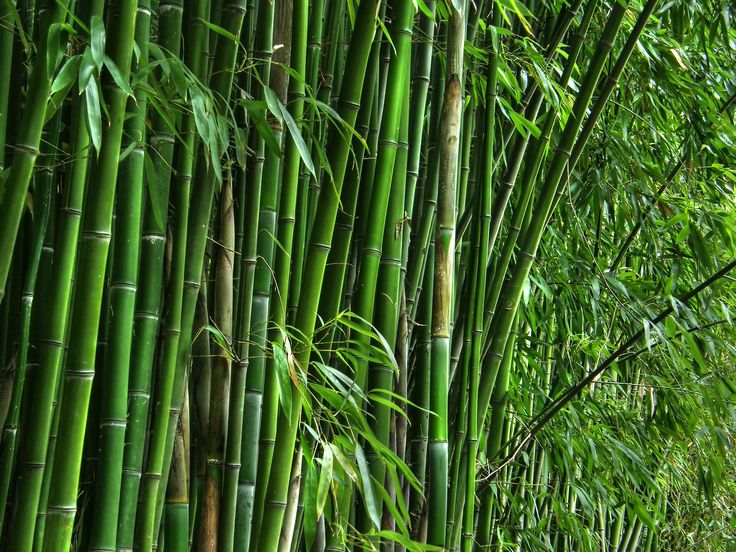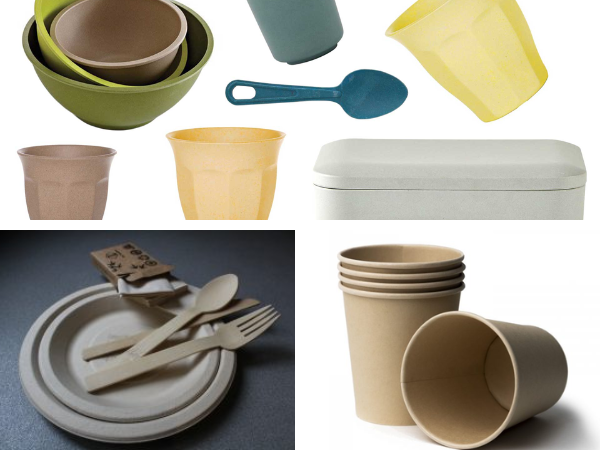As environmental concerns over plastic pollution intensify, the search for eco-friendly alternatives has led to the exploration of bamboo bioplastic. Combining the rapid growth and renewability of bamboo with biodegradable polymers, this material presents a promising solution to the plastic crisis.
1. Understanding Bamboo Bioplastic
Bamboo bioplastic is a composite material that integrates bamboo fibers or derivatives with biodegradable polymers like polylactic acid (PLA). The process involves extracting cellulose from bamboo, which is then combined with biopolymers to produce a material that mimics the properties of conventional plastics but with enhanced sustainability.
Recent advancements have also explored the use of bamboo lignin—a byproduct of bamboo processing—as a component in bioplastic production, further utilizing the plant's full potential.

Understanding Bamboo Bioplastic
2. Advantages of Bamboo Bioplastic
2.1. Rapid Renewability
Bamboo is one of the fastest-growing plants, capable of reaching maturity in 3 to 5 years. This rapid growth rate makes it a highly renewable resource, offering a sustainable alternative to traditional plastic feedstocks.
2.2. Biodegradability
When combined with biodegradable polymers, bamboo bioplastic can decompose under industrial composting conditions, reducing environmental impact and contributing to waste reduction efforts.
2.3. Mechanical Strength
Bamboo fibers possess high tensile strength, providing durability and resilience to bioplastic products. This makes them suitable for various applications, from packaging to consumer goods.
2.4. Carbon Sequestration
Bamboo's rapid growth also contributes to carbon sequestration, absorbing more carbon dioxide compared to many other plants. Utilizing bamboo in bioplastic production can thus aid in mitigating climate change.
3. Challenges in Adoption
3.1. Processing Complexity
Transforming bamboo into bioplastic involves complex processing techniques, including cellulose extraction and polymer blending. These processes require specialized equipment and expertise, potentially limiting widespread adoption.
3.2. Cost Considerations
Currently, the production cost of bamboo bioplastic is higher than that of conventional plastics. Factors such as processing complexity and limited economies of scale contribute to this cost disparity.
3.3. Infrastructure for Biodegradation
While biodegradable, bamboo bioplastic often requires industrial composting facilities to decompose effectively. The lack of such infrastructure in many regions poses a challenge to its environmental benefits.
4. Current Applications
Bamboo bioplastic is finding its place in a growing range of industries, thanks to its combination of strength, biodegradability, and eco-friendly appeal. In the consumer goods sector, bamboo bioplastic is increasingly used to manufacture cutlery, plates, cups, and reusable straws—providing an environmentally conscious alternative to single-use plastics. Brands targeting eco-conscious consumers are also adopting bamboo bioplastics for toothbrush handles, phone cases, and cosmetic packaging.
In the packaging industry, bamboo bioplastics offer a renewable solution for food containers, trays, and wraps. With its strong barrier properties and natural biodegradability, bamboo-based packaging is ideal for brands seeking to meet both sustainability goals and customer demand for greener products.

In the packaging industry, bamboo bioplastics offer a renewable solution for food containers, trays, and wraps.
The electronics sector has started exploring bamboo bioplastic as a casing material for phones, tablets, and accessories. Here, bamboo’s combination of lightweight durability and aesthetic appeal serves both functional and marketing advantages.
Beyond consumer goods, some automotive and construction industries are investing in research on bamboo fiber composites. When blended with bioplastics, bamboo fibers can reinforce lightweight parts, panels, and components, helping manufacturers reduce overall vehicle or building weight while lowering carbon emissions.
As bamboo bioplastic technology advances, we can expect broader adoption across sectors where sustainability, durability, and innovative design converge.
5. Future Prospects
Research is ongoing to enhance the properties and reduce the production costs of bamboo bioplastic. Innovations include:
- Developing more efficient processing methods
- Exploring the use of bamboo lignin in bioplastic formulations
- Expanding applications in various industries, such as automotive and construction
As technology advances and environmental regulations tighten, bamboo bioplastic is poised to play a significant role in the transition to sustainable materials.
6. Conclusion
Bamboo bioplastic presents a compelling case as a sustainable alternative to conventional plastics. Its renewability, biodegradability, and mechanical properties align with global efforts to reduce plastic pollution and carbon emissions. While challenges remain in processing and infrastructure, continued research and investment could position bamboo bioplastic as a key material in the future of sustainable manufacturing.
7. About EuroPlas and BiONext
EuroPlas is a leading manufacturer of plastic materials, specializing in filler masterbatch, color masterbatch, additives, engineering plastics, and bioplastic compounds. With a commitment to sustainable development, EuroPlas has developed the BiONext product line—biodegradable plastic compounds made from renewable sources such as PLA, PHA, and PBAT.
BiONext products are designed to decompose within 12 months after use, breaking down into water, carbon dioxide, and biomass. This biodegradability makes them suitable for various applications, including shopping bags, food packaging, and agricultural films.